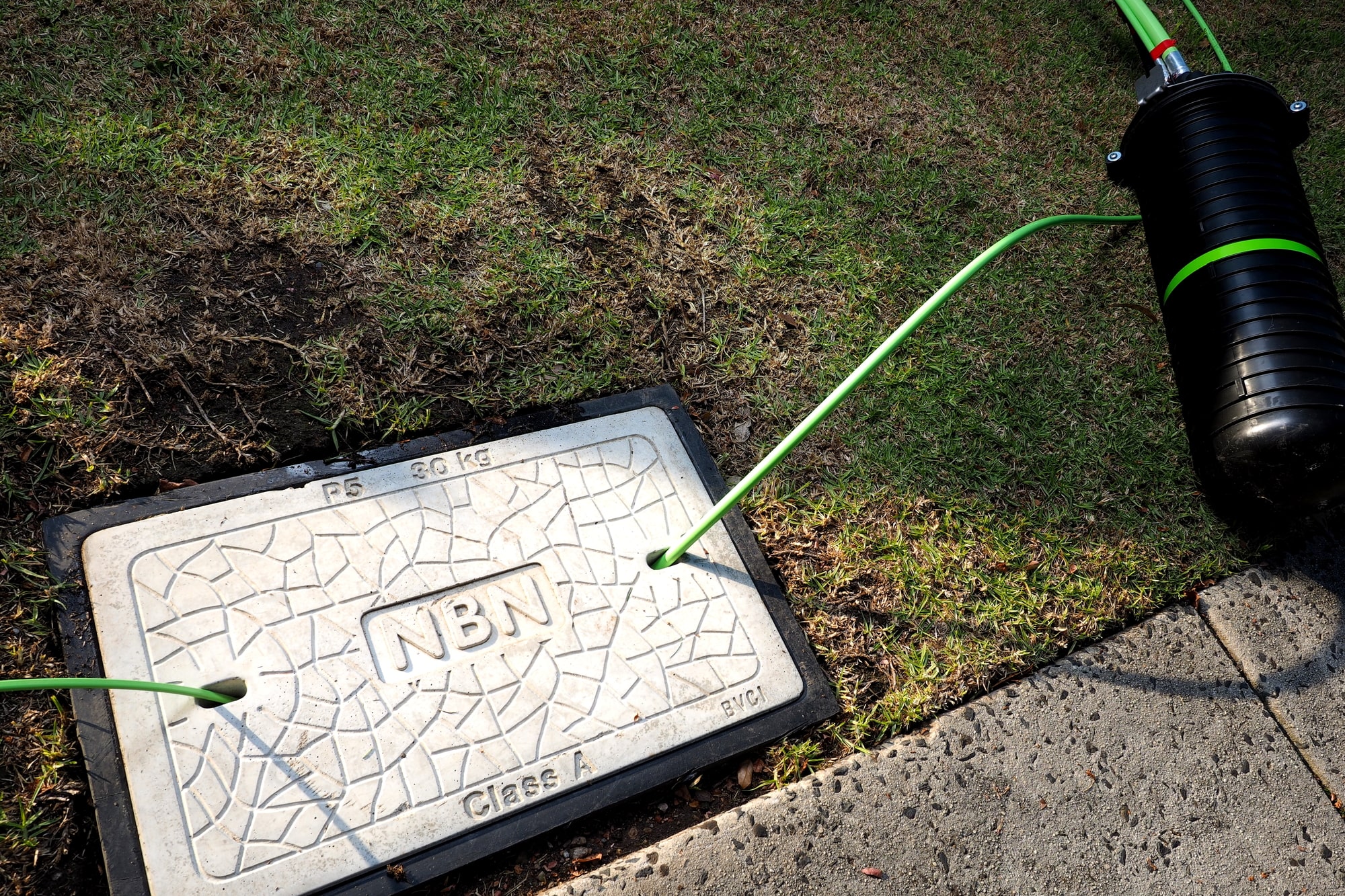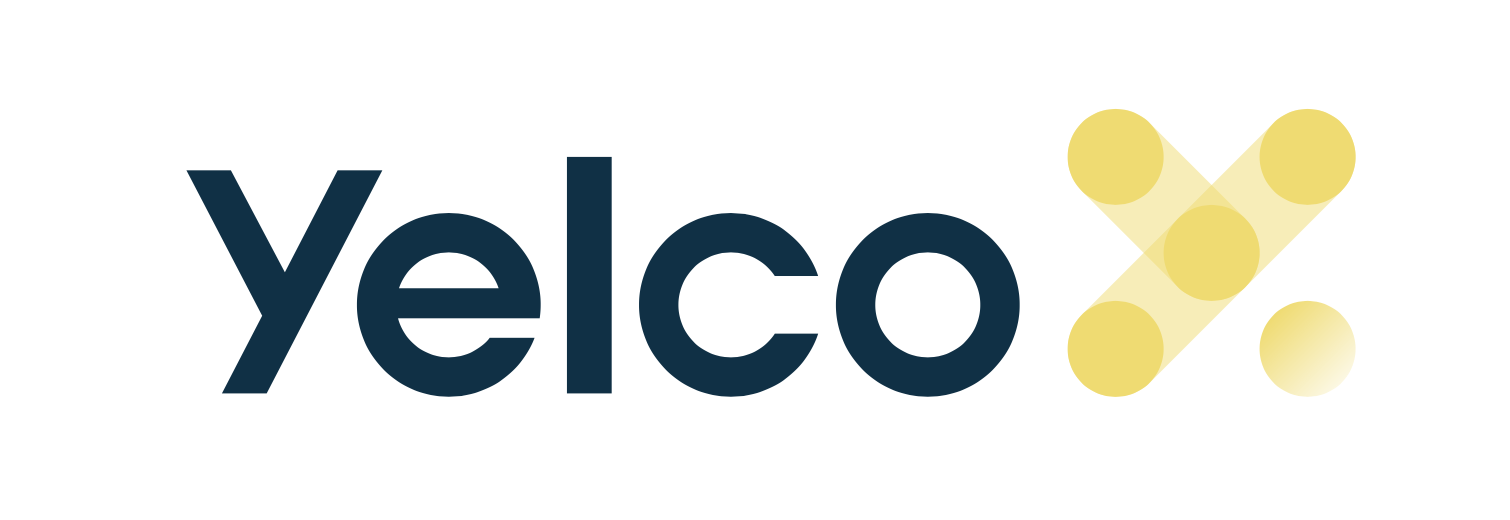Fiber Optic Closure Types: How to Choose the Best One

Fiber networks include multiple equipment and components, that allow for the well-functioning of the network. Fiber optic closures, in their different types, are one of these equipment.
What is a Fiber Optic Closure
A fiber optic closure is a passive equipment that receives fiber optic cables and provides space for fusions, adapters, splitters, or other passive network equipment.
It provides, besides the space for the equipment, mechanical protection and environmental protection for the fibers, against insects, rodents, humidity, extreme temperatures, etc.
Fiber optic closures are a very important element of the network, as they ensure the protection of the necessary network’s weak points along the path, meaning all the connections, branches, or fiber splits.
Types of Fiber Optic Closure
There are two main types of Fiber Optic Closures:
1- Vertical: These are designed to be buried or placed on poles. The tightness to water and humidity, as well as to dust and dirt, are of extreme importance in this type. The ability to resist insects and rodents too, since they are often used underground. They can vary greatly in cable entry and fusion cassettes capacities.
2- Horizontal: Also called In-line. These are similar to the vertical option, but usually with less capacity for cable entries and fusions. They are also applied in underground and pole installations and must also be prepared to resist the network lifetime.
How to choose a Fiber Optic Closure
Some of the main features that should be considered when choosing a fiber closure are:
- Ease of access, both in installation and in possible changes and maintenance.
- Capacity to house several types of connections. Depending on the needs of each installation, it may receive fusions, splitters, adapters, or a mix of all these means of connection.
- Capacity to hold and retain cables, especially outdoor cables, and their power elements.
- Durability. The fiber closure must resist the elements for the estimated lifetime of the network.
- Torsion and impact resistance. It should be resistant to twisting and impact from outside forces.
- Water resistance. It must prevent the passage of water or moisture for the life of the network.
- Versatility. Must allow for multiple types of fiber cables to enter. Allow various types of connections (splices, adapters) and passive network equipment (splitters, WDM's).
- Capacity to hold all the cables that will be needed. The number of cable entry ports of the fiber optic closure is related to the number of cables that the closure can support.
These features should be taken into account for any type of fiber optic closure, as the right option for a project will heavily depend on its needs, which the fiber optic closure should cover.


